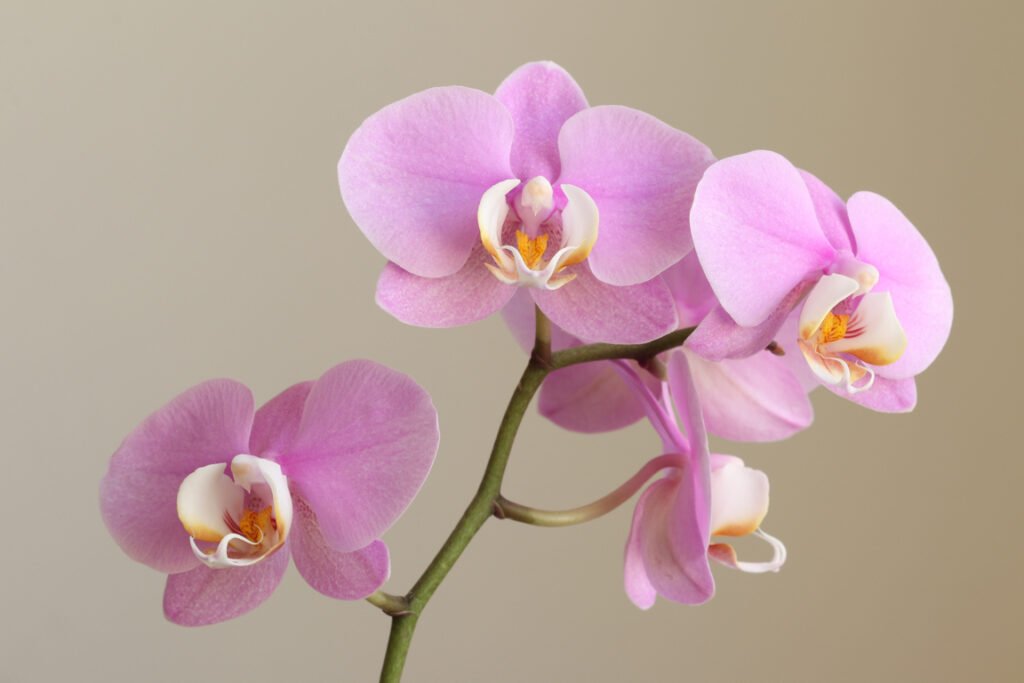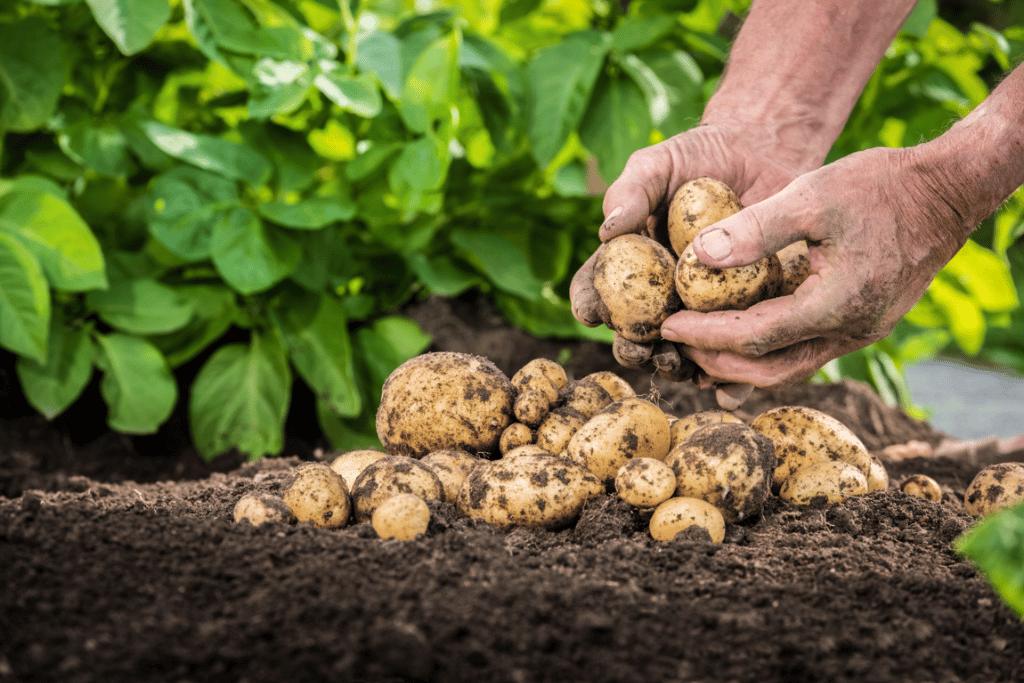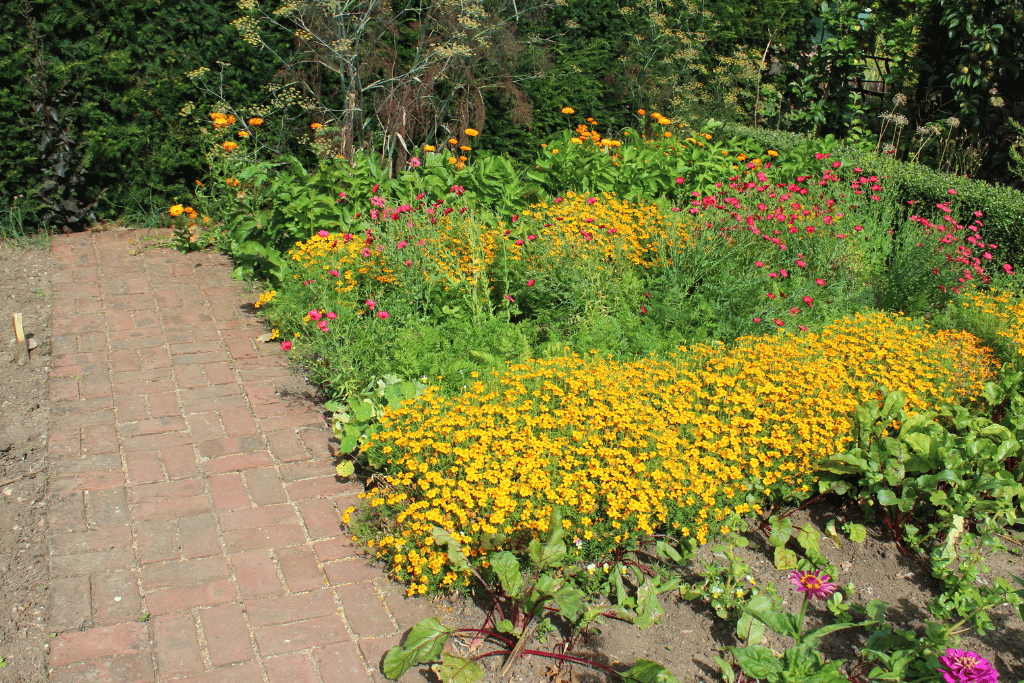
When deciding what to plant in February, the weather becomes a pivotal factor for gardeners, introducing a touch of unpredictability to the planning process. In some regions, the warmth encourages direct sowing, while others may face the gamble of frost or snow. Whether you’re able to step into the garden or find solace in indoor seed sowing, February offers a valuable opportunity for strategic planning and preparation. Take advantage of this time to decide on your cultivation goals, prepare seed propagators, and ensure you’re equipped for the upcoming growing season by perusing seed catalogs and online resources.
Regardless of the weather’s whims, February unveils a canvas of possibilities for gardeners. Whether sowing hardy vegetables directly into the soil, nurturing seedlings under the shelter of a greenhouse, or fostering growth on a cozy windowsill, this month caters to a diverse range of flora. From the resilience of trees and shrubs to the vibrancy of flowers and the promise of fruit-bearing trees, February invites you to embark on a gardening journey that sets the stage for a season filled with color, flavor, and the satisfaction of cultivating your own harvest.
Vegetables To Plant In February
In February, the gardening enthusiast eagerly prepared for the upcoming growing season, armed with a selection of seeds: beetroot, peas, spinach, radishes, carrots, lettuce, and kale. Transforming indoor spaces into vibrant nurseries, each seed found its place on windowsills, promising a future garden full of colors and flavors.
The gardener’s meticulous care and attention were dedicated to nurturing these seeds, envisioning a bountiful harvest of crisp radishes, sweet peas, earthy carrots, and the wholesome goodness of kale and lettuce. As the days passed, the indoor nursery became a symphony of green, laying the groundwork for a flourishing garden.
Beetroots:
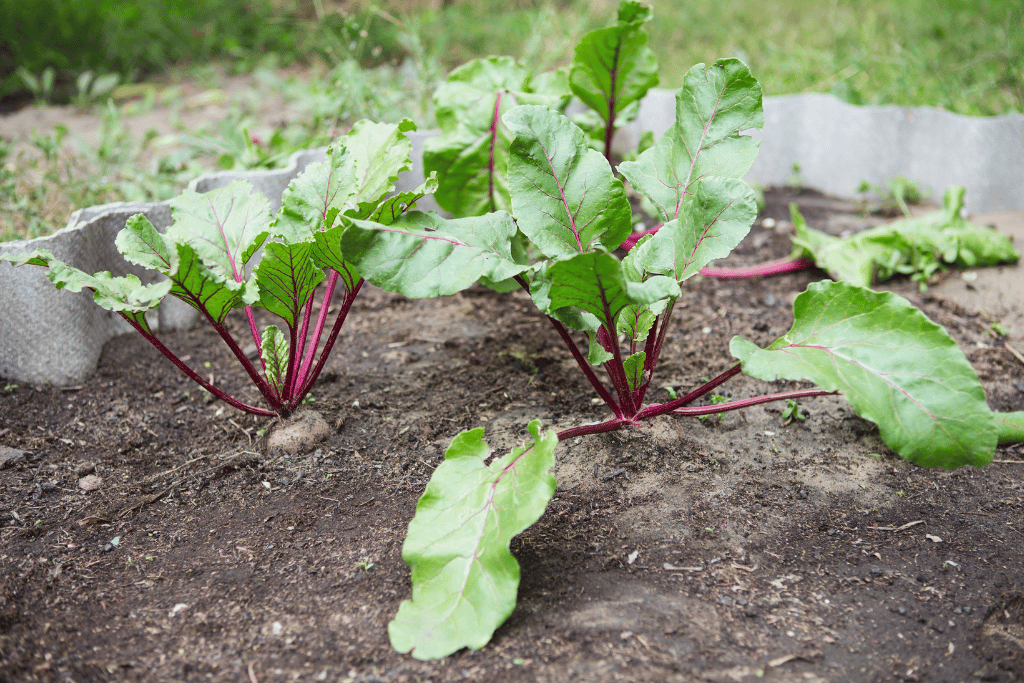
Beetroot is a resilient and rewarding vegetable to cultivate, and February marks an opportune time to kickstart the process. If you reside in a region with a mild climate, consider starting your beetroot seeds outside under cloches or horticultural fleece. However, in areas where temperatures drop below 45°F (7.5°C), it’s prudent to wait until March when the soil begins to warm up.
To ensure optimal growth, enrich the soil with organic matter and apply a general fertilizer about a week before sowing. For a continuous harvest, sow additional rows of beetroot seeds every fortnight. Reliable early cropping varieties such as ‘Pablo’ and ‘Boltardy’ are excellent choices. Soak the seeds overnight before planting to facilitate germination, and expect seedlings to emerge within 10–14 days.
When thinning the seedlings, maintain a spacing of 4 inches (10cm) between them if planted in rows. If sown under cloches or fleece, thin to leave the strongest seedling in each clump. Following these steps ensures a thriving beetroot crop that promises a delightful harvest.
Peas:
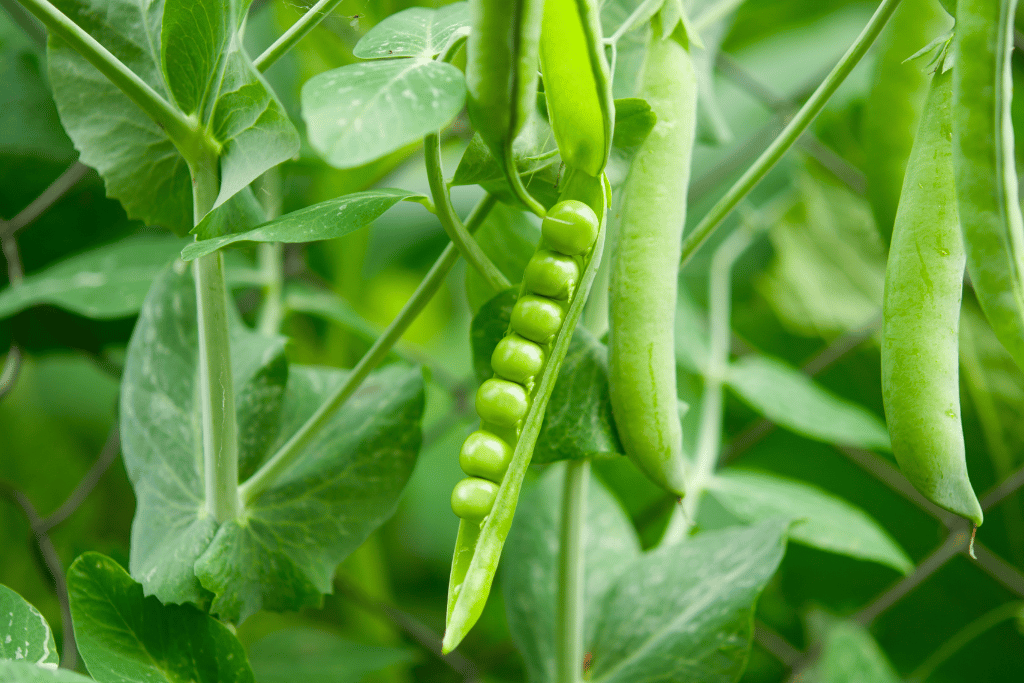
Peas are a delightful addition to the February planting agenda, but success depends on the local climate and soil conditions. If you live in a mild climate, consider them a top priority for February planting. However, if the ground is cold and wet, warm the soil by covering it with polythene before sowing and use fleece for added protection.
For traditional trench sowing, choose a reliable early variety like ‘Early Onward.’ Sow seeds in flat trenches, spaced 2–3 inches (5-7cm) apart in three rows along the trench bottom. Alternatively, experiment with sowing peas in plastic guttering, ensuring proper drainage holes.
Maintain a regular pea supply by sowing ‘Early Onward’ every four weeks until midsummer. Harvest regularly to enjoy the freshest peas straight from the pod. By following these guidelines, you’ll ensure a bountiful harvest of this early summer favorite.
Spinach:
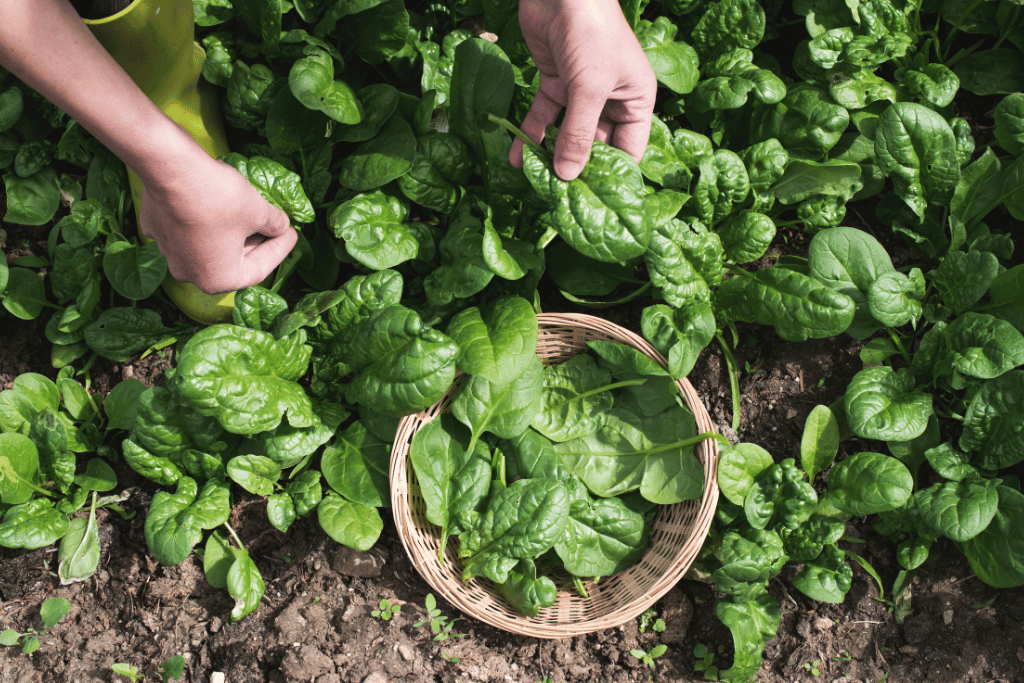
Growing spinach outdoors in February is an exciting prospect, especially when sheltered under cloches or in containers near the back door for easy frost protection. Opt for a hardy variety like ‘Apollo’ to ensure robust growth and a consistent supply of fresh leafy greens.
Prepare the soil with care, ensuring it is fertile, well-prepared, and moist. Sow spinach seeds thinly at a depth of approximately 1/2 inch (1cm) in drills spaced 12 inches (30cm) apart. Once the seedlings are large enough to handle, thin them to 2 inches (5cm) apart, adding these thinnings to your salad bowl to minimize waste.
To ensure a continuous supply of fresh spinach leaves throughout spring and summer, sow additional seeds every 3 to 4 weeks. Harvest regularly to enjoy the full flavor and nutritional benefits of homegrown spinach.
Radishes:
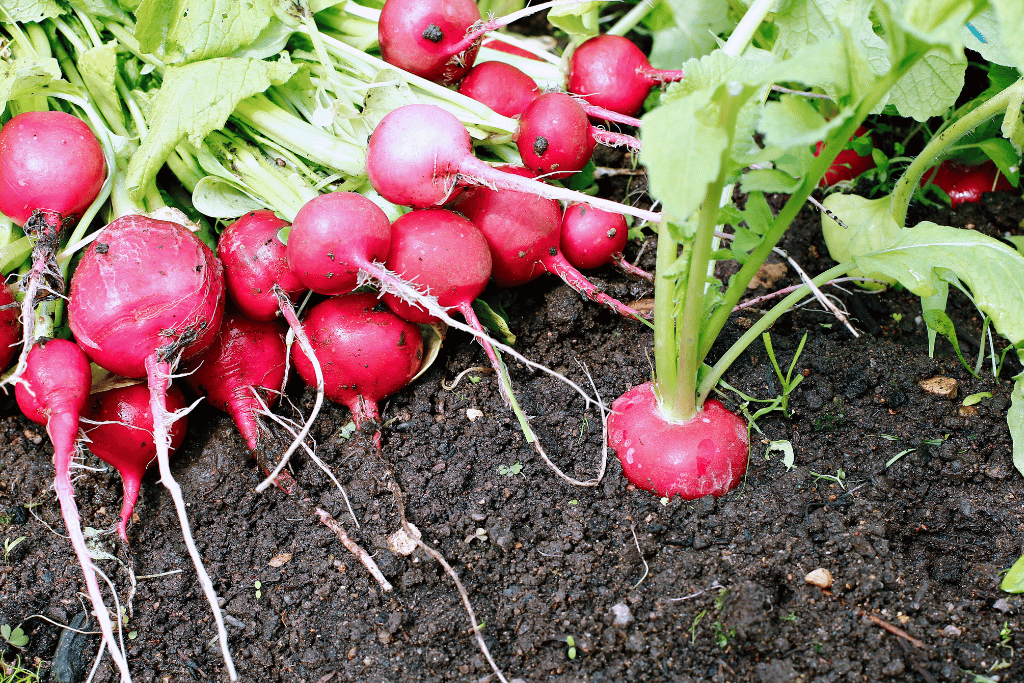
February marks the perfect time to dive into radish cultivation, a vegetable celebrated for its rapid growth and peppery crunch. To ensure success, sow radish seeds directly into the soil, allowing them to bask in the gradually warming temperatures. In just a few weeks, you’ll witness the transformation of vibrant seeds into crisp and refreshing roots.
For optimal results, choose a sunny spot in your garden and space the seeds adequately. Radishes are known for their quick germination, typically appearing within 10–14 days. As the seedlings develop, thin them to maintain a spacing of 4 inches (10cm) between plants in rows. If sown under cloches or fleece, thin to leave the strongest seedling in each clump. By adhering to these guidelines, you’ll cultivate a vibrant radish crop, perfect for salads or as a wholesome, crunchy snack.
Carrots:
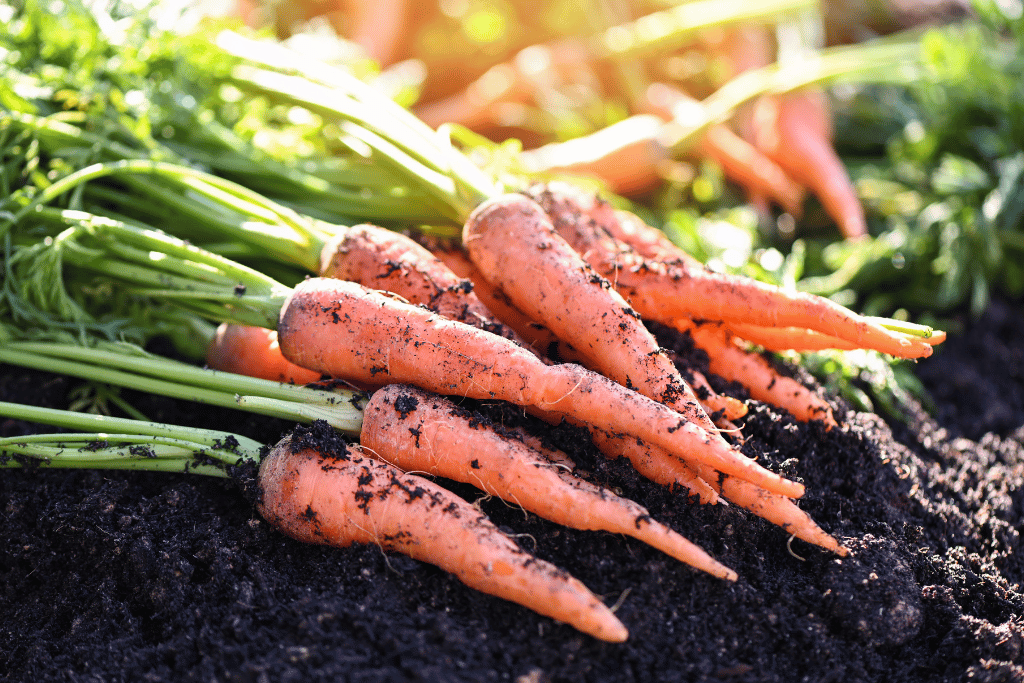
Embarking on a journey to grow carrots in February sets the stage for a colorful and nutritious addition to your garden. Select a well-drained and loose soil, providing an ideal environment for long and straight root development. Carrot seeds should be sown with care, ensuring consistent moisture for successful germination.
To foster a continuous carrot supply, sow additional rows every fortnight. Choosing reliable early varieties like ‘Pablo’ and ‘Boltardy’ ensures a rewarding harvest. Soak the seeds overnight before planting to enhance germination rates. Expect to see seedlings emerge within 10–14 days, and once they reach maturity, thin them to maintain a spacing of 4 inches (10cm) between plants in rows.
By adhering to these guidelines, your garden will boast vibrant carrots, ready to grace your culinary creations with a burst of color and nutritional goodness.
Lettuce:
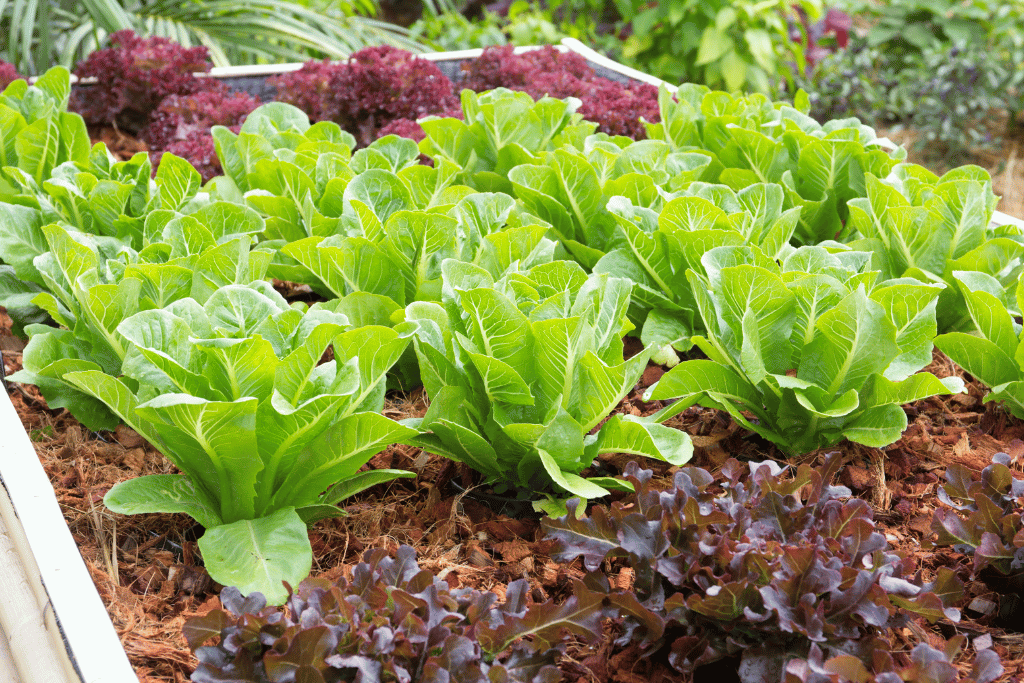
The allure of homegrown lettuce takes center stage in the February garden, offering versatility and freshness to your salads. Whether sowing seeds directly into the garden or starting them indoors for an early advantage, lettuce is a classic and rewarding addition to your vegetable repertoire.
Optimal results are achieved by choosing a well-drained soil and providing consistent moisture. The process of thinning the seedlings ensures a robust and healthy crop. For a continuous supply, sow additional lettuce seeds every few weeks, allowing for a steady harvest throughout the growing season.
As your garden becomes adorned with fresh, homegrown lettuce leaves, you’ll experience the joy of cultivating a staple that adds both flavor and nutritional value to your culinary creations. Follow these guidelines for a flourishing lettuce patch that consistently contributes to your garden-to-table experience.
Read on: How to Harvest Romaine Lettuce
Kale:
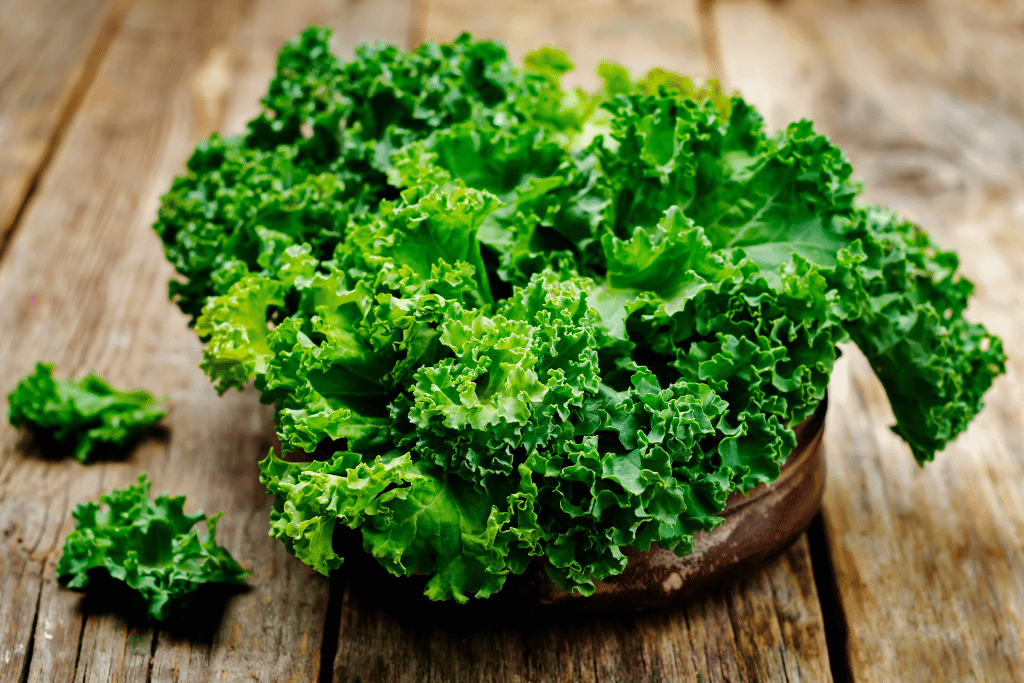
As you chart the course for your February garden, consider the robust and nutritious kale as a resilient choice. Known for its hardiness and ability to withstand lower temperatures, kale is an excellent candidate for early planting. Sow kale seeds directly into the soil, embracing the gradual transition from winter to spring.
Kale varieties such as ‘Curly’ or ‘Lacinato’ are reliable choices for your garden. As the seeds take root, you’ll witness the emergence of sturdy seedlings within a few weeks. Thin them appropriately to maintain a spacing of 4 inches (10cm) between plants in rows, ensuring ample room for healthy growth.
The versatility of kale extends beyond its ability to withstand colder climates. As the days lengthen and warmth returns, your kale plants will thrive, offering a continuous harvest of hearty and nutritious leaves. Embrace the beauty of this leafy green, and revel in the satisfaction of cultivating a crop that not only enhances your culinary creations but also adds a touch of resilience and vitality to your February garden.
Flowers To Plant In February
In February, the eager gardener turns attention to the vibrant world of flowers, preparing for the upcoming bloom with a carefully chosen selection of seeds and bulbs. Roses, gladiolous, dahlias, cosmos, and daisies take center stage as the stars of the February planting agenda, promising a garden adorned with a tapestry of colors and fragrances.
Roses:
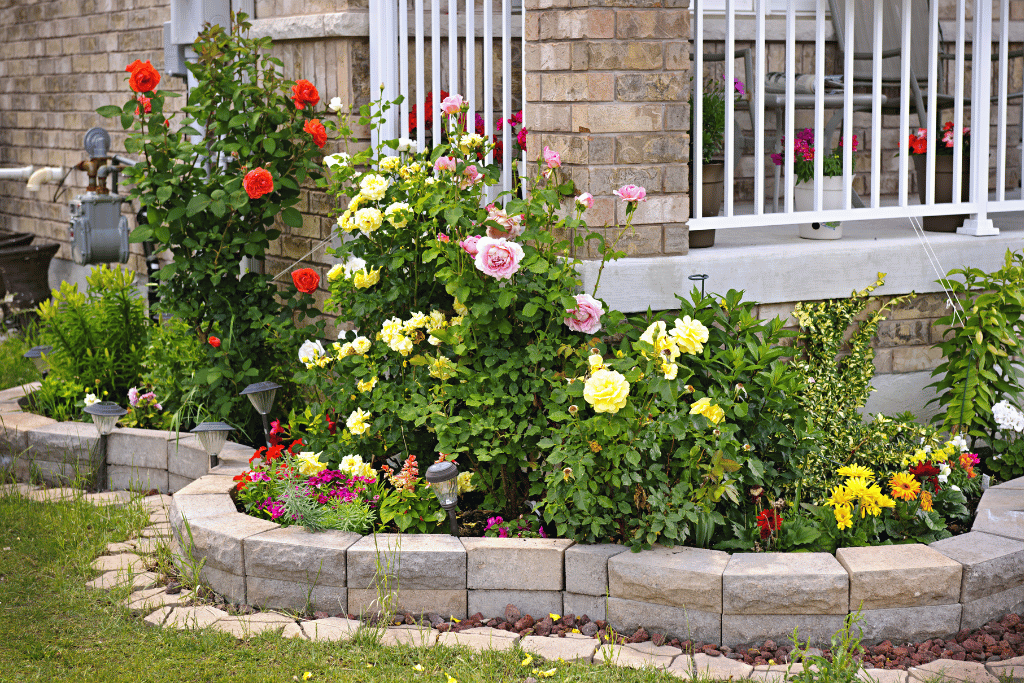
The timeless allure of roses makes them a captivating choice for February planting. Begin by selecting a sunny spot in your garden with well-drained soil. Bare-root roses can be planted this month, providing an early start to their growth. Ensure the soil is enriched with organic matter and a balanced fertilizer to support robust development.
Dig a hole large enough to accommodate the roots without crowding, and position the rose bush at the center. Water thoroughly after planting, and consider adding a layer of mulch to retain moisture and suppress weeds. With proper care and attention, your rose garden will soon flourish, offering a breathtaking display of blooms that range from classic reds to delicate pinks.
Read on: Flowers that start with R
Gladiolous:

February marks the perfect time to plan and plant gladiolous corms, ensuring a spectacular display of tall, elegant spikes in the coming months. Choose a location with well-drained soil and full sunlight to encourage healthy growth and vibrant blossoms.
Plant the corms in trenches, spaced about 6 inches (15cm) apart, and cover them with soil. As the gladiolous shoots emerge, provide support for the tall spikes to prevent them from bending or breaking. Regular watering and the application of a balanced fertilizer will contribute to the development of robust and colorful blooms.
Read on: Flowers that start with G
Dahlias:
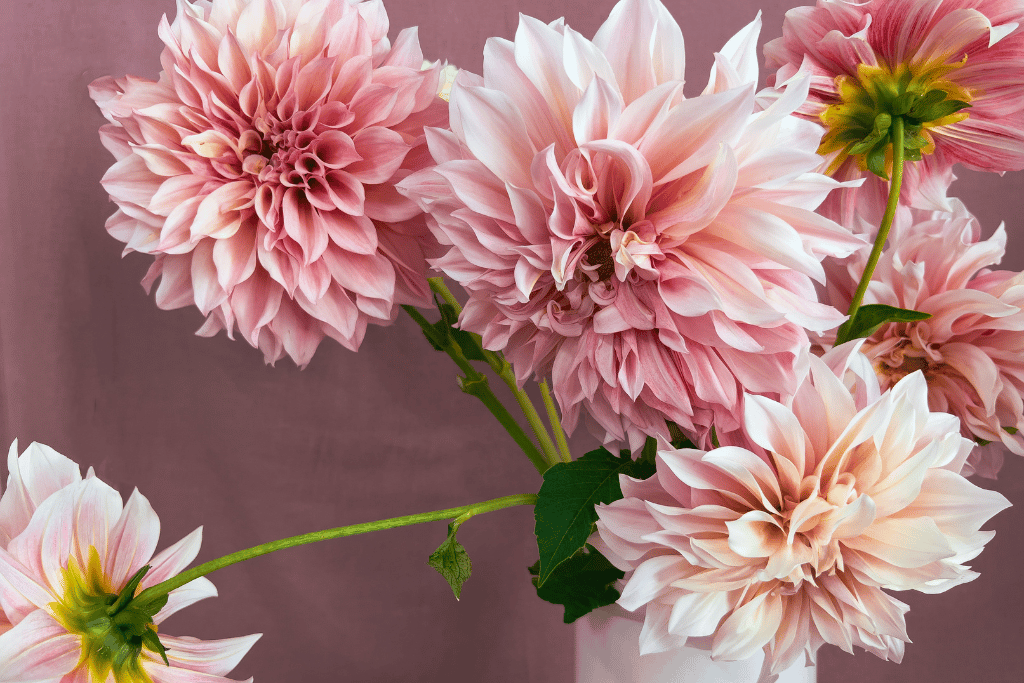
Dahlias, known for their stunning and diverse flower forms, are a delightful addition to the February garden. Begin by selecting high-quality dahlia tubers, and choose a sunny spot with well-drained soil. Plant the tubers at a depth of about 6 inches (15cm), ensuring proper spacing between each tuber to allow for ample growth.
Water the dahlias regularly, keeping the soil consistently moist but not waterlogged. Mulching around the base of the plants helps retain moisture and suppress weeds. With their wide range of colors and shapes, dahlias will contribute to a vibrant and eye-catching garden display.
Read on: Flowers that start with D
Cosmos:
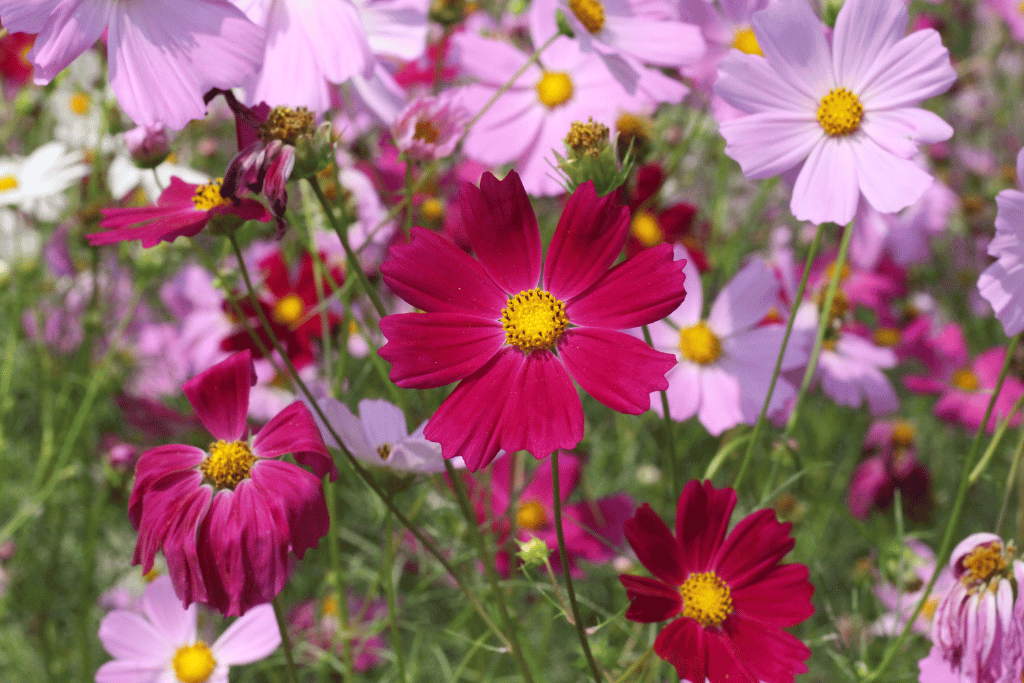
The delicate beauty of cosmos flowers makes them a charming choice for February planting. Cosmos are easy to grow from seeds, and they thrive in well-drained soil with full sunlight. Scatter the seeds over the soil surface, gently pressing them down, and water thoroughly.
Cosmos plants are known for their airy and fern-like foliage, accompanied by an abundance of daisy-like blooms. As they grow, provide support if needed, and deadhead spent flowers to encourage continuous blooming. With their long-lasting and colorful display, cosmos will add a touch of grace to your February garden.
Read on: Flowers that start with C
Daisies:
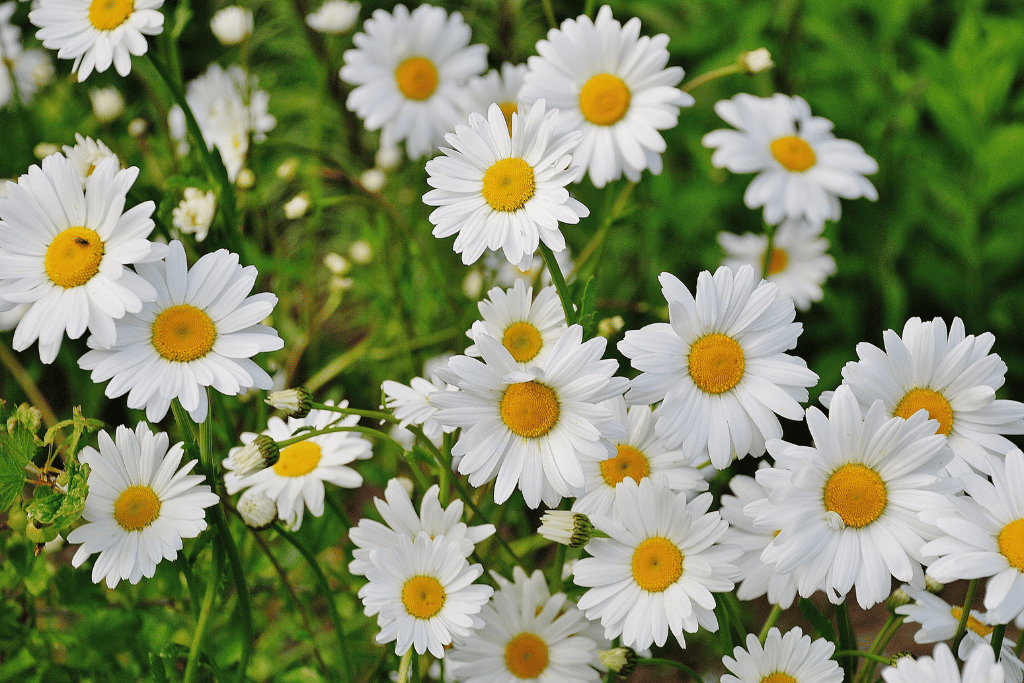
Daisies, with their cheerful and classic appearance, are a delightful addition to the February planting lineup. Opt for a sunny location with well-drained soil, and sow daisy seeds directly into the ground. Press the seeds lightly into the soil, and water gently to ensure good seed-to-soil contact.
As daisy plants emerge, thin them to maintain proper spacing for healthy growth. Regular watering and the removal of faded blooms will encourage a prolonged flowering period. Daisies, with their timeless charm, will bring a sense of joy and simplicity to your February garden.
Fruits To Plant In February
In February, the dedicated fruit enthusiast eagerly prepares for a fruitful season ahead, selecting a variety of seeds and saplings to transform their garden into a bountiful orchard. Among the top choices for February planting are strawberries, apple trees, and blueberry bushes, each promising a future harvest filled with sweetness and flavor.
Strawberries:
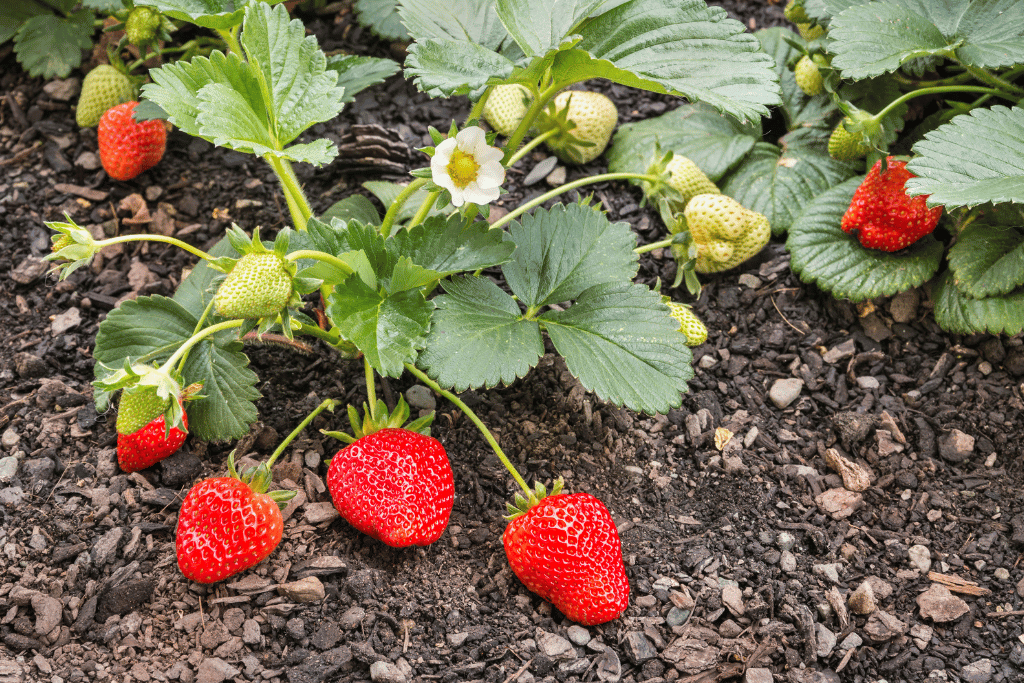
Starting the venture of growing strawberries in February lays the foundation for a delightful addition to your garden. Select top-notch strawberry plants or bare-root crowns, and pick a sunny spot with well-drained soil. Make sure to enhance the soil with organic matter, and plant the strawberries approximately 12–18 inches (30-45cm) apart in rows.
Plant the strawberries with the crown at soil level, and water thoroughly after planting. Mulch around the plants to conserve moisture, suppress weeds, and protect the delicate fruits. With regular care, including adequate watering and feeding, your strawberry plants will reward you with plump, juicy berries throughout the growing season.
Apple Trees:
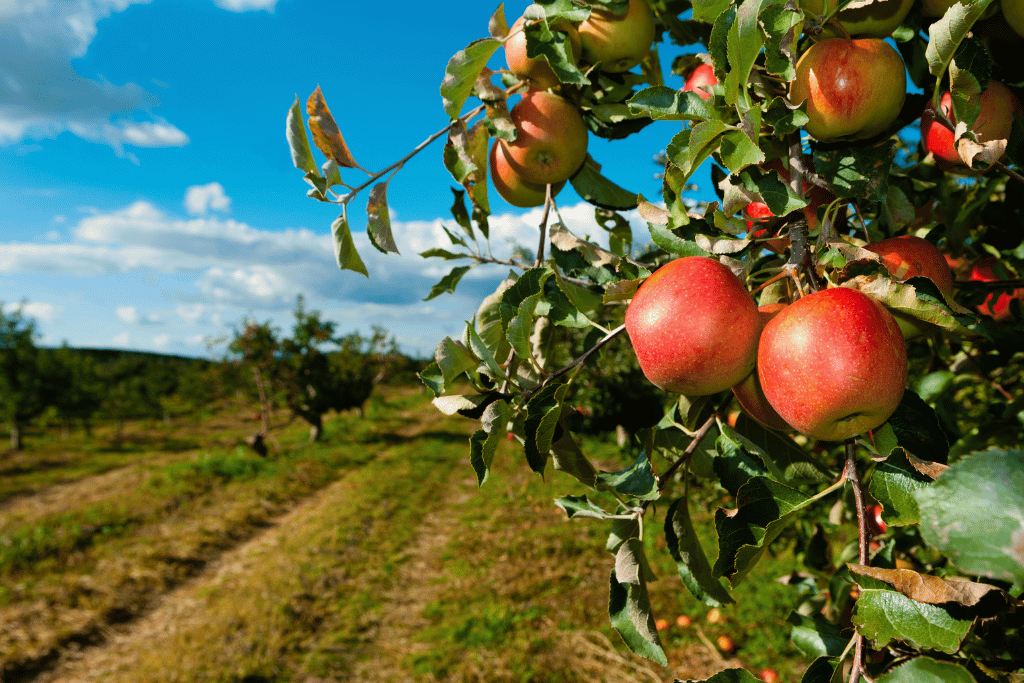
February marks an opportune time to plant apple trees, laying the groundwork for a future orchard that will yield crisp and flavorful apples. Select disease-resistant apple tree varieties suitable for your climate and choose a sunny location with well-drained soil.
Dig a hole wide enough to accommodate the roots without crowding and position the tree at the center. Water the tree well after planting and consider applying a balanced fertilizer to support early growth. Prune the tree to shape and remove any damaged branches. With proper care, your apple tree will flourish, offering a harvest of delightful apples in the years to come.
Blueberry Bushes:
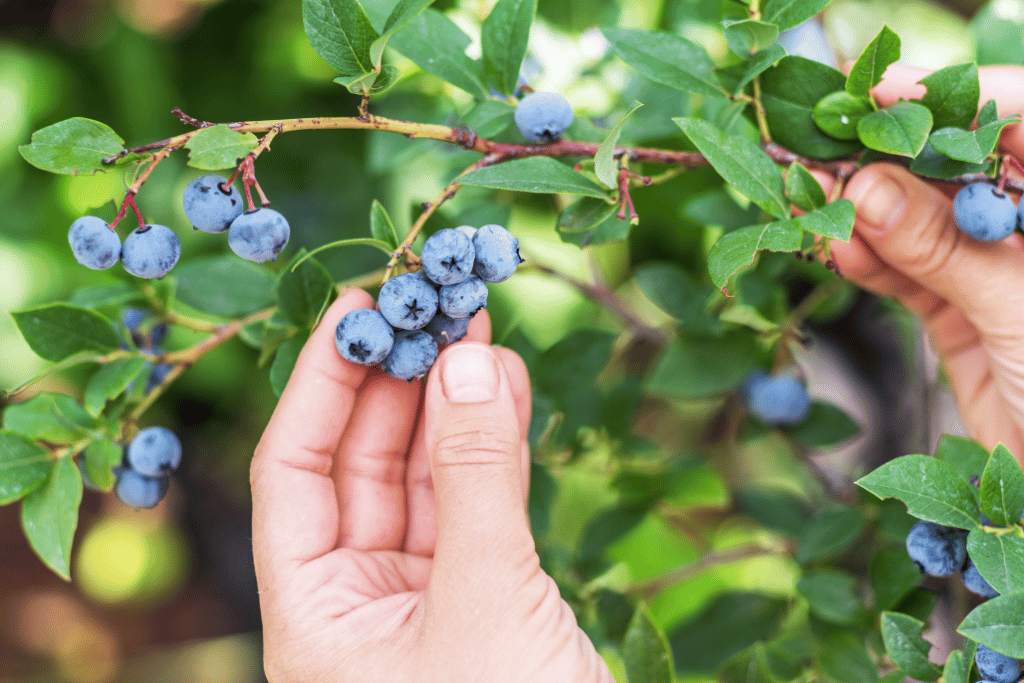
Blueberries, with their sweet and nutritious berries, are a fantastic choice for February planting. Select high-quality blueberry bushes, ensuring they are suited to your local climate and soil conditions. Blueberries prefer acidic soil, so amend the soil with peat moss or pine needles if needed.
Plant the blueberry bushes in a sunny location with well-drained soil, spacing them about 4–6 feet (1.2-1.8m) apart. Mulch around the base of the bushes to retain moisture and suppress weeds. Blueberries require consistent watering, especially during dry periods, and benefit from regular applications of acid-loving fertilizer.
As the blueberry bushes mature, you’ll be rewarded with an abundance of delicious berries, perfect for fresh eating, baking, or adding to smoothies. With careful attention to their specific needs, your blueberry bushes will thrive and contribute to the fruitful beauty of your garden.
Conclusion
In conclusion, cultivating and caring for blueberry bushes not only adds vibrant beauty to your garden but also promises a bountiful harvest of delicious berries. The journey from planting to maturity requires careful attention to their specific needs, but the reward is well worth the effort. Whether you enjoy them fresh, incorporate them into your baking creations, or blend them into refreshing smoothies, the versatility of these berries adds a delightful touch to your culinary experiences. So, as your blueberry bushes mature, relish in the joy of a thriving garden and the sweet satisfaction of homegrown goodness. Happy harvesting!


